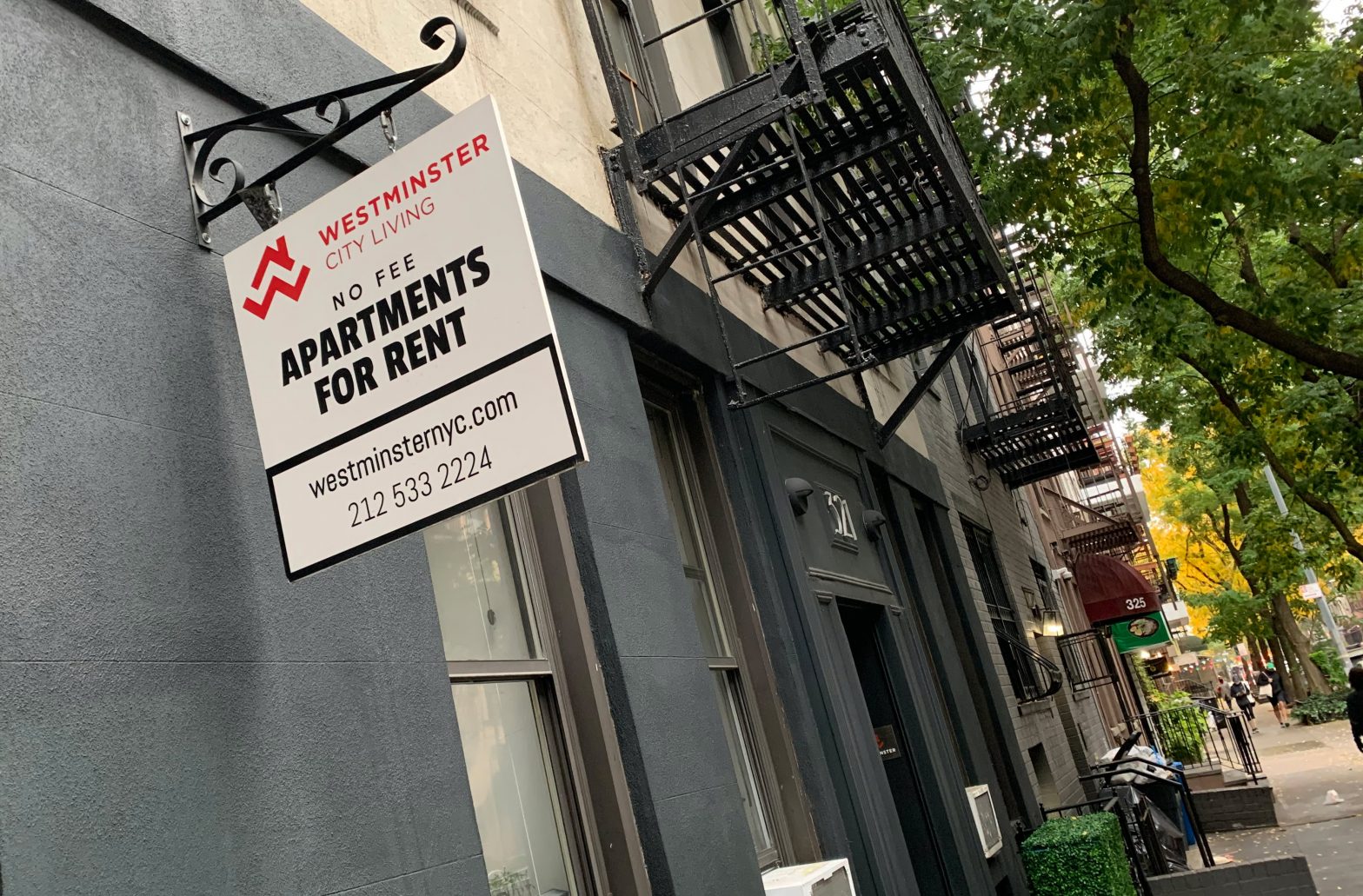The New York City rental market is regaining strength.
In November, the net effective median rent for Manhattan rose 16.7% compared with last year, according to the most recent rental report from brokerage firm Douglas Elliman and real estate appraisal firm Miller Samuel. That’s the second-straight month of record rates.
“We’re in many ways shocked, and we’ve been too busy to even think about it,” Scott Durkin, CEO of Douglas Elliman, said Thursday on CNBC’s “Worldwide Exchange.”
Other records were broken in the month of November, the report found. The market share of concessions fell at a record rate for the fourth consecutive month, demonstrating that it’s become less necessary for landlords to offer bonuses — such as free months or removing fees — in order to entice prospective tenants. Vacancy rates in Manhattan also hit another all-time low rate, according to the report.
In both Brooklyn and Queens, new lease signings rose to their highest levels in more than a decade, according to the report. Brooklyn, in particular, has seen new lease signings rise for the past 15 months.
Net effective median rent for the city as a whole has actually increased by 22.8% on a year-over-year basis, according to Douglas Elliman and Miller Samuel. While that is the highest increase in more than a decade, it’s still slightly below 2019 levels, they said.
“I think if you peel back the onion, you’re noticing the rental market is so strong because we have a severe inventory shortage,” Durkin told CNBC. “Inventory shortage pushed up the need for rentals.”
Buildings across price points are recovering at different speeds, the report shows, as higher-end buildings have seen their rents increasing faster than the lower end of the market.
Rents at the top half of the market continued to climb in November, compared with the lower half, according to Douglas Elliman and Miller Samuel. In Manhattan, the market share of rentals above $15,000 actually rose to its highest in over a decade.
“In many cases, the luxury rentals — so anything north of [$10,000] or $15,000 — have increased almost 30%,” Durkin said. “And some people are taking these sight unseen.”
Jonathan Miller, president and CEO of Miller Samuel, attributes this pattern to an uneven resurgence in the job market.
“This market is the most polarized I’ve ever seen in my career,” Miller said in a phone interview with CNBC. “The economic damage caused by the pandemic was much more severe for lower-wage earners than mid- and upper-tier. That’s reflected in the strength of the upper half vs. the lower half.”
Sign advertising apartments for rent in the Upper East Side in New York City.
Adam Jeffery | CNBC
In Manhattan, for example, the gap between rents is widening for doorman vs. non-doorman buildings, which are roughly equal in number in that market. The report shows that median rent for doorman buildings rose 27% compared with last year and is actually up 2% compared with 2019 rates. In contrast, rent for non-doorman buildings saw an 11% year-over-year increase yet is still below the rate seen two years ago.
“We’re seeing an increase in leasing activity and pricing as you move higher in price,” Miller said. “That’s the inverse of pre-pandemic. It was soft at the top, tighter as you move lower. Now we’re seeing the opposite of that.”
Despite these record increases, Durkin said he isn’t worried about the market becoming inaccessible overall. Durkin also said that New York specifically isn’t showing any abnormal trends.
“New York is still cheaper to live in than San Francisco and in some cases Los Angeles. So there’s no ripple effect here on what we’re seeing in New York,” he said.
Miller also said the city is not back to normal in terms of population density and that it may never be. “In Manhattan, office towers are 35% full, so 65% empty,” he said. “That has to be wrestled with over the next few years.”
